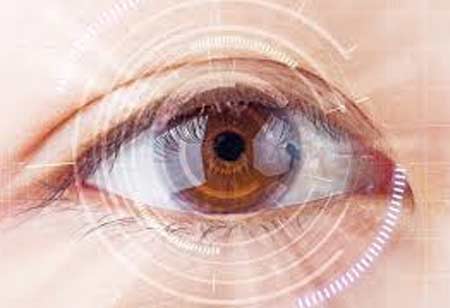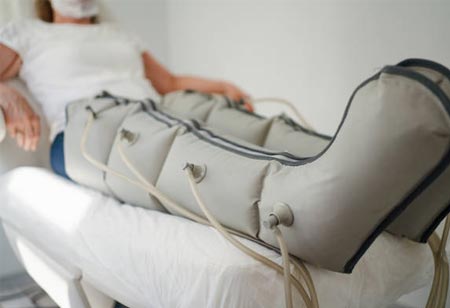How to Determine Waiting Time between Cataract Surgeries
Patients should wait a month after their first cataract surgery before having cataracts removed in their other eye.

By
Medical Care Review | Tuesday, September 06, 2022
Stay on top of your health and well-being with exclusive feature stories on the top medical clinics and treatment centers, expert insights and the latest news delivered straight to your inbox. Subscribe today.
Patients should wait a month after their first cataract surgery before having cataracts removed in their other eye.
FREMONT, CA: A cataract is a hazy region that develops over time and covers the eye's clear lens. Changes in lens water content, pigment buildup, and altered lens epithelial cells lead to cataract formation.
Cataracts are a natural part of aging but can also occur in younger people. Eventually, cataracts require surgical treatment to preserve vision. Cataract surgery has a very high success rate: 95 percent of patients notice an improvement in their eyesight after recovery.
People with cataracts in both eyes will require different operations in each eye. It is uncommon to simultaneously undergo cataract surgery in both eyes, often known as bilateral cataract surgery.
The minimal time between cataract surgeries includes: If individuals have cataracts in both eyes, one will usually be worse than the other. The doctor will choose which eye to treat first rather than performing both procedures on the same day. According to the National Eye Institute, one should wait about a month after their first cataract surgery before having cataracts removed from their other eye, which is to ensure that they always have some level of vision and to allow their doctor to monitor their eye recovery from the treatment.
Some people can wait years before having a second eye surgery; thus, the wait time will be determined by how much cataracts are now hurting their eyesight.
The normal healing period after cataract surgery includes: It can take up to 8 weeks for the eye to heal fully following cataract surgery. That is not to say that patients will have impaired vision throughout their recovery. For the first day after surgery, they will be permitted to return home with a protective pad or bandage against their eye. After a day or two, the pain and discomfort should subside. They may need to wear a protective eye shield for the following few days and avoid vigorous exercise and touching their eye for at least one week.
Individuals should also avoid driving, using contact lenses, and wearing eye makeup until their doctor gives them the all-clear. They'll also have to clean their eyes with specific drops for the first few weeks to avoid infections. Following the surgery, they will require an eye exam to determine whether the procedure successfully enhanced their vision. They might also receive a new prescription for glasses.







